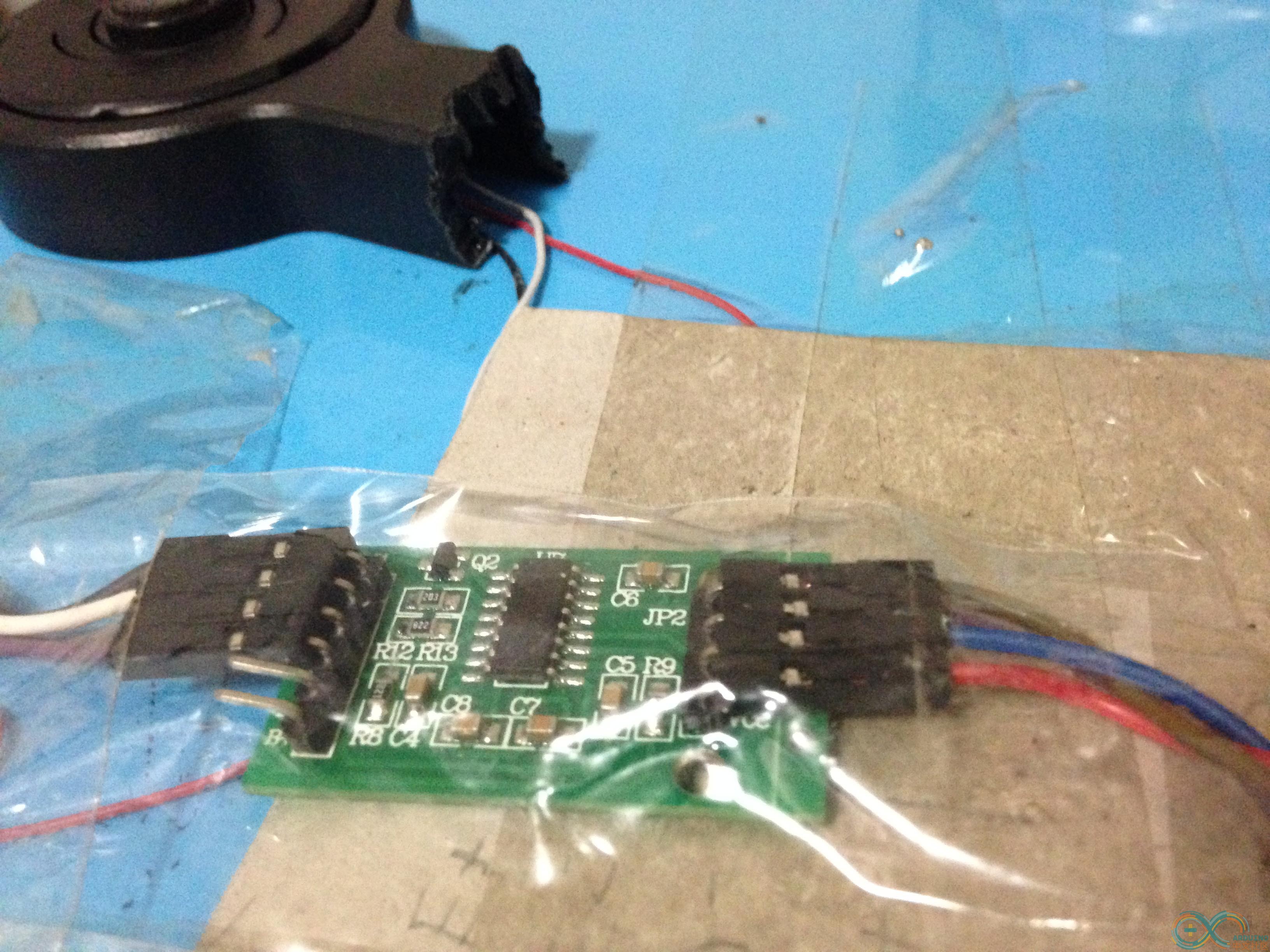

This Instructable, the first in a series of independent but related parts, documents how to set up your own IoT infrastructure and connect the pieces together and get them interworking.
Once in place you will be able to simply add whatever IoT device your heart desires. So long as you can stick a Wifi or Ethernet connection on it that is.
To get you up and running as quickly as possible the main devices used will be Raspberry Pi, Arduino with Ethernet Shield and ESP8266-01. I chose these as there is literally a ‘Tonne’ of information, source code, projects, videos, blogs etc. In fact cutting through rubbish to get to the good stuff was where all the hard work went (well, that and some coding). At the end of each part, where applicable I cite the sources used so you can do your own ‘digging’.
As mentioned above, the guide seeks to get you up and running as quickly as possible but this comes at a price. I removed as much of the ‘Techno Babble’ as I could (no, seriously I did), so as wide an audience as possible could have a go.
Later on, if you have more than just a passing interest in this Instructable topic, for the more serious home automation advocate I will recapitulate the various parts typically covering;
1. MQTT Topic naming conventions
2. UPS/Backups
3. Reliability
4. Security
5. mDNS/Bonjour
6. DHCP versus Fixed IP
7. Practical Pi.
8. Remote access via VNC
From empirical experience I have found the true test of a successful project is how much it improves your world, how well it integrates into your lifestyle, how much you come to rely upon it, how easy it is to use and how much you miss it when it’s gone. The topics above will hopefully prevent the latter.
Original posts :
http://www.instructables.com/id/IoT-Intranet-of-Things-Home-Automation-Part-1-IoT-/
http://www.instructables.com/id/Setting-Up-an-MQTT-Broker-Part-2-IoT-Home-Automati/
http://www.instructables.com/id/Creating-Your-First-IoT-WiFi-Device-Part-3-IoT-Hom/
http://www.instructables.com/id/Pimping-Your-First-IoT-WiFi-Device-Part-4-IoT-Home/
http://www.instructables.com/id/Creating-Your-First-IoT-Ethernet-Device-Part-5-IoT/
http://www.instructables.com/id/Setting-Up-and-Configuring-OpenHAB-Part-6-IoT-Home/
http://www.instructables.com/id/Study-Lights-Controller-reworked-Part-7-IoT-Home-A/

COMMENTS